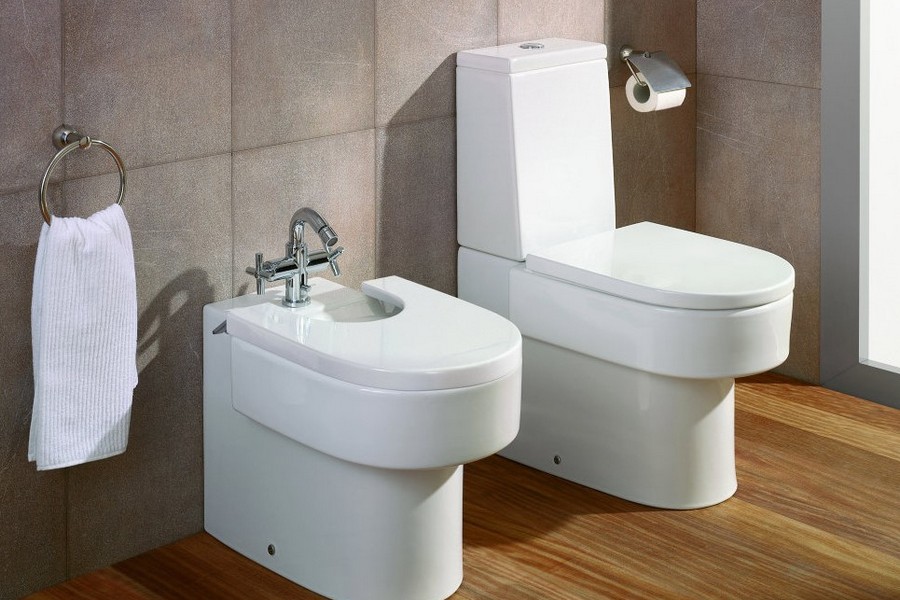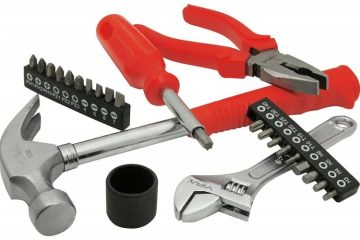One of the most important fixtures in our houses, the WC toilet, uses flushing mechanisms that we frequently overlook. Understanding the various WC toilet flushing methods, however, may result in better maintenance and well-informed decisions when remodeling your bathroom. We delve into the world of WC toilet flushing systems in this comprehensive guide, illuminating their inner workings and tremendous influence on our everyday lives.
Different WC Toilet Flush Systems
The flush valve, a crucial part that regulates a watertight seal inside the toilet cistern, is at the center of every WC toilet’s flushing system. The seal is raised when the flush valve is turned on, allowing many liters of water to flow through the toilet and effectively remove waste. The cooperation of parts like a ballcock valve, a sensor, or a cutoff valve allows the cistern to fill with new water when the flush is finished.
Diverse Flush Control Options
The fundamental principle of operation is the same whether your cistern is buried within a DUCT set or situated at the rear of your WC toilet (known as a close-coupled toilet). However, users may regulate flush activation in a variety of ways. The traditional lever flush control is a timeless option, and DUCT sets may easily incorporate push-button flushes, providing flush controls on vertical surfaces. Infrared sensor-activated flush kits are popularizing a touch less and sanitary experience. These motion-detecting sensors are mounted behind the toilet or urinal on the wall. When motion is detected, the sensors open the water valve, effectively flushing the toilet’s contents.
Enhancing Flushing Power
It might be annoying to experience a weak WC toilet flush. This problem could be caused by a number of things. Cistern obstructions may reduce water flow, which would reduce the flushing power. You may fix this by checking the cistern for blockages and making sure the ballcock valve is unblocked. A flush valve or cistern seal that is loose in a toilet might be the cause of a toilet that keeps running. If you have previously installed water-saving flushing devices but discover that the water volume is insufficient for a thorough flush, it could be worthwhile to remove these devices.
Conclusion
By understanding the complexities of WC toilet flushing systems, we are better equipped to maintain our bathrooms effectively and choose a new WC toilet with knowledge. Every aspect contributes significantly to the smooth operation of our WC toilets, whether it be the flush valve, flush control settings, or increasing flushing power. Visit RAK Ceramics online at onlineshop.rakceramics.com to explore a variety of WC toilet choices and flushing systems. Here, you’ll find the ideal solutions for your bathroom requirements.

Hiking addict, dreamer, band member, Vignelli fan and TDC honorary member. Acting at the intersection of aesthetics and programing to craft experiences that go beyond design. I prefer clear logic to decoration.




